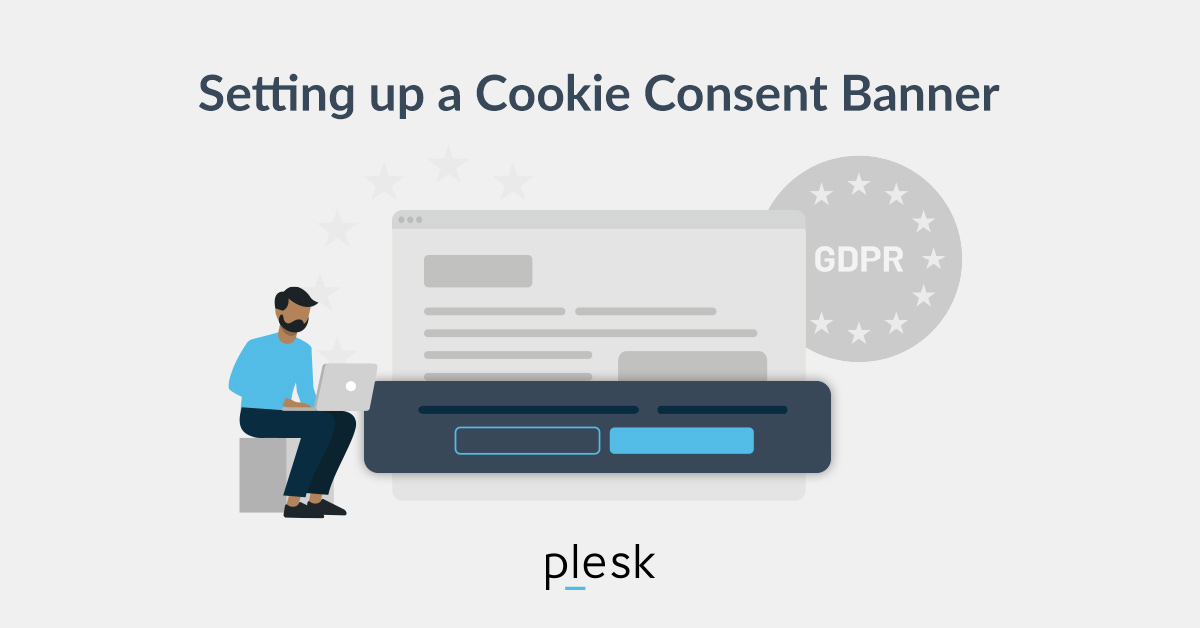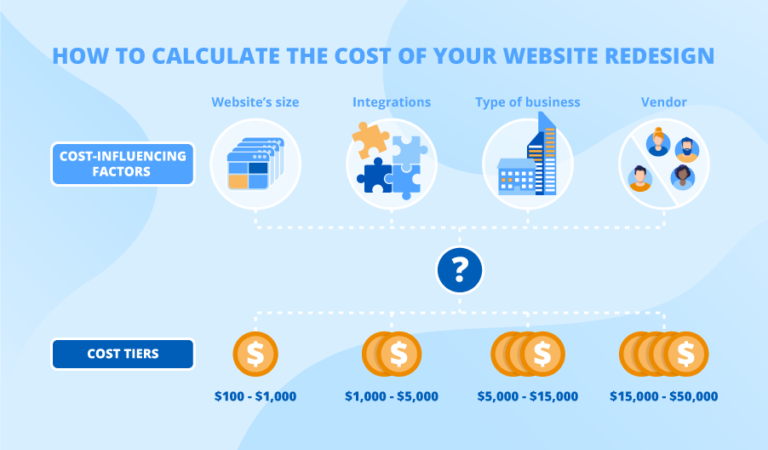
If your website is built on WordPress, Drupal, Joomla, Wix, Magento, Shopify, or one of the other popular CMS supported by CookieYes, follow the on-screen instructions to add your cookie consent banner to your website.
For example, for WordPress, just add the activation code to the header.php file of the theme you’re using on your website (for example, httpdocs/wp-content/themes/noteblog/header.php) right before the closing </head> tag.
<!DOCTYPE html> <html xmlns="http://www.w3.org/1999/xhtml" <?php language_attributes(); ?>> <head> <meta charset="<?php bloginfo( 'charset' ); ?>" /> <meta name="viewport" content="width=device-width" /> <link rel="profile" href="http://gmpg.org/xfn/11" /> <link rel="pingback" href="<?php bloginfo( 'pingback_url' ); ?>" /> <?php wp_head(); ?>
<!-- Start cookieyes banner --> <script id="cookieyes" type="text/javascript" src="https://cdn- cookieyes.com/client_data/2ba43b5bc18xxxxxxxxxx/script.js"></script> <!-- End cookieyes banner -->
</head>
You can do it using the Code Editor that comes with File Manager in Plesk. Once your banner has been activated, you can manage it from your dashboard.





